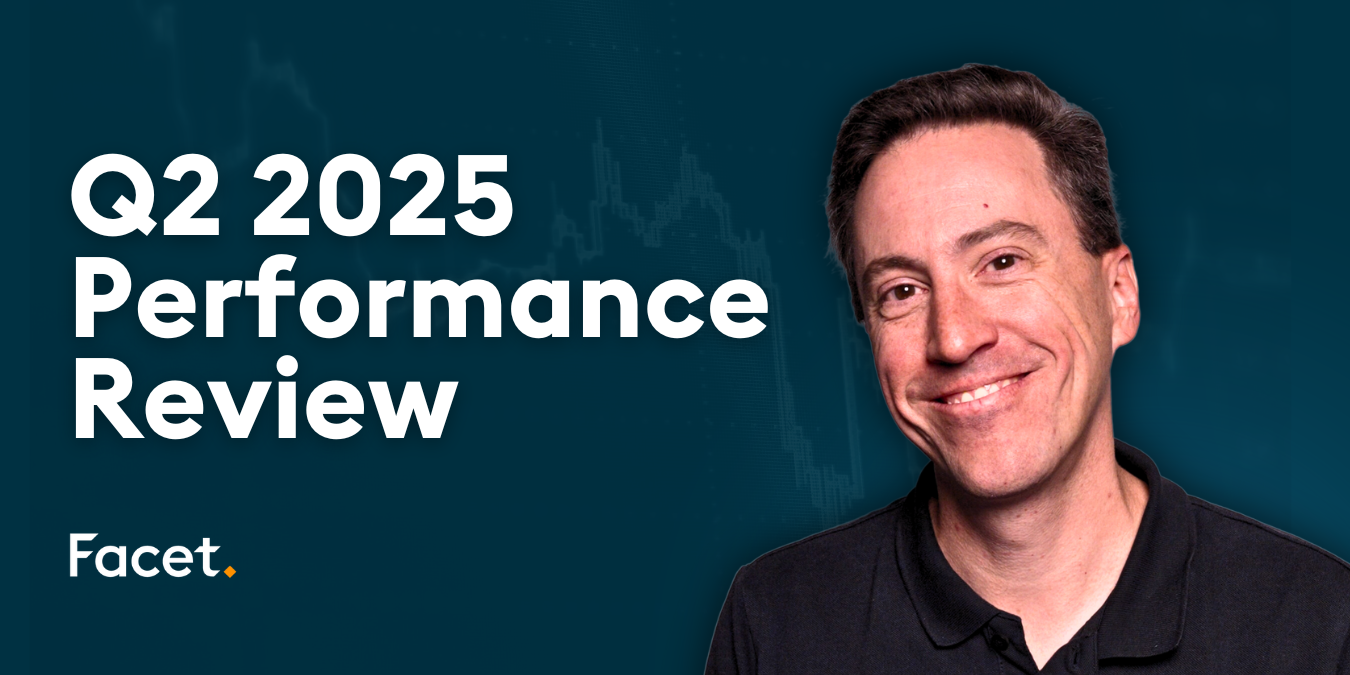
The information provided is based on the published date.
Key takeaways
- The sunk cost fallacy is when a business or individual justifies persisting in an unsuccessful endeavor merely because they’ve already invested in it
- Recognizing and understanding the role of psychological factors such as loss aversion and emotional attachment can help you make more informed decisions based on current values
- Strategies for overcoming the sunk cost fallacy include resetting, reflecting, focusing on future costs/benefits, and embracing change
Have you ever found yourself continuing with a project simply because you’ve already invested so much time, effort, or money?
If so, you’ve likely experienced the sunk cost fallacy, a cognitive bias that can lead to irrational decision-making.
This post will explore the intricacies of the sunk cost fallacy, its impact on various aspects of life, and the strategies you can employ to overcome it.
What is the sunk cost fallacy
The sunk cost fallacy (sunk cost effect) is the tendency to persist in an unsuccessful endeavor despite prior investments due to cognitive biases.
This phenomenon is deeply rooted in human decision processes, where emotions often lead us to make irrational decisions.
A famous example of the sunk cost fallacy in action is the Concorde project, where the British and French governments continued to fund the supersonic jet despite mounting evidence that it was not economically viable.
Grasping the sunk cost fallacy can improve decision-making in your personal and professional life. By recognizing the influence of cognitive biases on our decision-making, you can learn to avoid the pitfalls of sunk costs and make more rational choices.
Understanding sunk costs
Sunk costs, also known as past costs, are expenses that have already been incurred and cannot be recovered, and they should not be considered when making future decisions.
Decisions should be based on estimated future costs and goals rather than existing investments that cannot be reversed. This will help accelerate your progression toward your future objectives rather than being hindered by the past.
For example, say you bought a non-refundable ticket to a concert but, due to unforeseen circumstances, you didn’t make it to the show. This is considered a sunk cost because the money you spent on the ticket cannot be recovered, regardless of whether or not you attended the concert.
Differentiating sunk costs from future costs is necessary to make effective decisions. While sunk costs are past expenses that cannot be changed, future costs have yet to be incurred and can be influenced by our decisions.
Sunk cost fallacy examples
The sunk cost fallacy can be observed in various real-world scenarios, from business investments to personal decisions.
In business, the fallacy can lead to wasted resources and poor decision-making, as companies may continue to spend money on projects that do not generate profit.
In personal decisions, individuals may persist in a relationship or project despite clear indications of failure due to their emotional attachment to past ‘investments.’
Understanding these examples can help us recognize the sunk cost fallacy in our own lives and make more rational decisions based on current information and future potential rather than being influenced by past investments.
Business decisions
Businesses often fall victim to the sunk cost fallacy, leading to wasted resources and poor decision-making.
For example, a manager may continue investing in a money-losing project, even when it’s not profitable, due to the resources already invested. The sunk cost fallacy can harm business profitability, as it leads to inefficient use of resources and hinders the capacity to make profitable decisions.
Personal decisions
Individuals may also experience the sunk cost fallacy in their personal lives, such as persisting with a project or relationship despite clear indications of failure.
For instance, someone may continue to invest time and effort in a failing endeavor because of the emotional attachment to the initial investment. In relationships, people may stay in dysfunctional partnerships due to the time and effort they have already invested, even though it might be causing them distress.
Psychological factors contributing to sunk cost fallacy
Certain psychological factors contribute to the sunk cost fallacy, including loss aversion and emotional attachment to past investments.
Loss aversion
Loss aversion is the tendency to avoid losses, even at the expense of potential gains, which can influence the sunk cost fallacy. This phenomenon can lead to irrational decision-making when avoiding losses is prioritized over acquiring equivalent gains.
Loss aversion can cause people to persist in projects or decisions that are no longer rational or advantageous, driven by the fear of loss and its aversive response.
Focusing on potential future benefits and being receptive to change is key to overcoming loss aversion and its impact on the sunk cost fallacy. By objectively evaluating the current situation and considering future prospects, individuals can make more informed decisions not influenced by the fear of loss.
Emotional attachment
Emotional attachment to past investments can lead to irrational decision-making based on sunk costs. When we become emotionally invested in a particular investment or decision, such as one with greater initial investment, we may be more likely to continue investing in it, even if it is no longer sensible. This attachment can lead to a fear of regret and an unwillingness to relinquish the invested money, even if it does not benefit us.
How to overcome the sunk cost fallacy
Overcoming the sunk cost fallacy requires resetting, reflecting, focusing on future costs and benefits, and embracing change.
Reset: Zoom out
It’s easy to lose sight of reality when you’re in too deep. If you find yourself slipping into the vortex of single-mindedness, take a step back and look at your situation from an outsider’s point of view. By zooming out, you will begin to distinguish between important and unimportant factors distracting you from the actual problem that needs solving.
Reflect: Zoom in
After you’ve gained clarity, it’s time to dig into the numbers. It’s okay to look back at past investments as long as you don’t let them get in the way of future decisions. Assess with an objective lens, then move on.
Focus on future costs and benefits
By evaluating potential outcomes, you can assess the viability and profitability of your choices. Considering future costs and benefits is crucial for effective decision-making, especially when current costs outweigh the potential value.
Embrace change
Change can be scary, but when it involves potentially improving your situation, you should be willing to at least try. By acknowledging when a decision is no longer beneficial and adjusting accordingly, decision-makers can release sunk costs and focus on future possibilities for success.
Accepting change in organizational behavior is necessary for making effective decisions and boosting resilience amidst constantly evolving conditions.
Final word
The sunk cost fallacy is a pervasive cognitive bias that can lead to irrational decision-making in both personal and professional contexts. By understanding its underlying psychological factors, such as loss aversion and emotional attachment, and employing strategies like focusing on future costs and benefits and embracing change, you can overcome the sunk cost fallacy and make more informed decisions.
Frequently Asked Questions
What is an example of a sunk cost fallacy?
An example of a sunk cost fallacy is continuing to watch a movie you don’t enjoy because you’ve already paid for the ticket or keeping an incompetent employee on staff rather than replacing them due to the investment in training them.
What is the emotional sunk cost fallacy?
The emotional sunk cost fallacy is a cognitive bias that leads us to continue investing money, effort, and time in an endeavor despite current costs outweighing the benefits, as we don’t want to see our previous investments wasted.
What is the sunk cost fallacy dilemma?
The sunk cost fallacy is our tendency to continue an endeavor we have already invested in despite the current costs outweighing the benefits. This dilemma refers to the emotional difficulty of deciding whether to persist or abandon a project after money and time have already been spent.
How does the sunk cost fallacy impact businesses?
The sunk cost fallacy can lead businesses to make decisions based on past investments instead of focusing on future profitability, resulting in wasted resources and poor decision-making.
What psychological factors contribute to the sunk cost fallacy?
Loss aversion and emotional attachment to prior investments are two psychological factors that play a role in the sunk cost fallacy, causing individuals to continue investing resources into something due to an irrational attachment.
Facet
Facet Wealth, Inc. (“Facet”) is an SEC registered investment adviser headquartered in Baltimore, Maryland. This is not an offer to sell securities or the solicitation of an offer to purchase securities. This is not investment, financial, legal, or tax advice. Past performance is not a guarantee of future performance.


